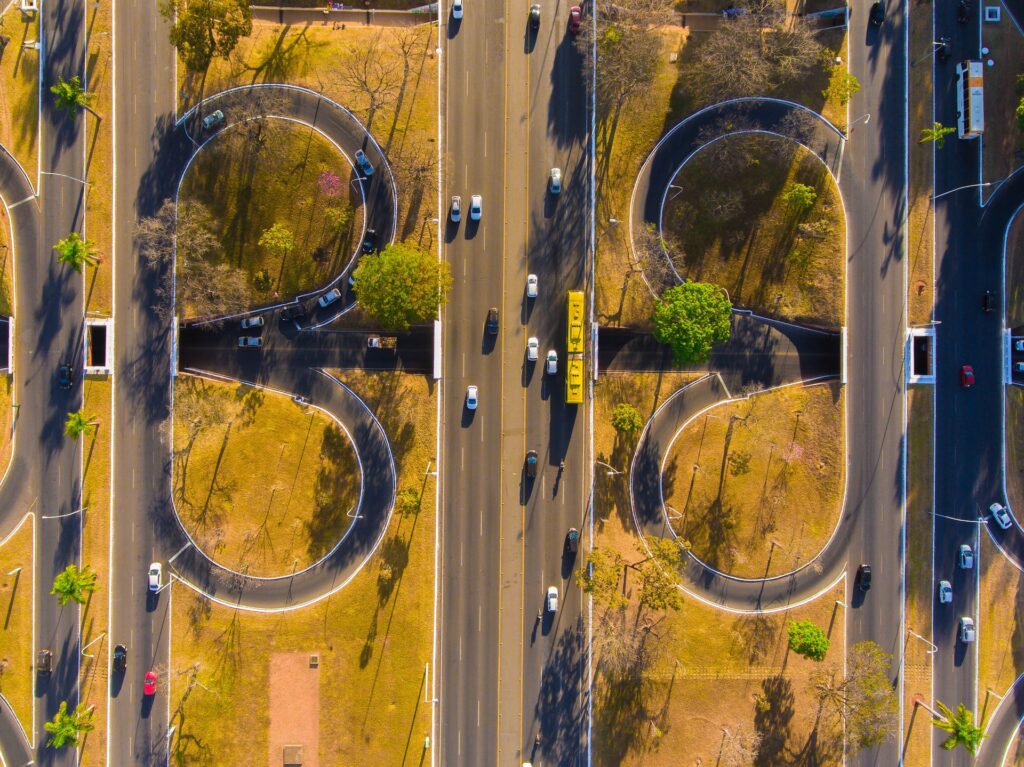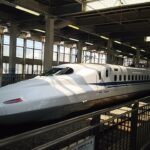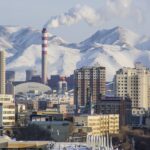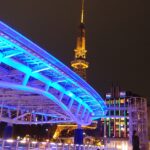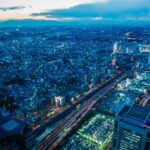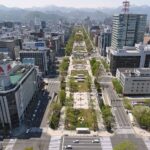An extensive network of buses, trams, and taxis serves as the city’s public transportation system. The metro area of the city is currently served by the Brasilia Metro, which is a fast transit system that opened in 2001. The bus system is run by a number of private companies, and the whole city can use it. Additionally, there are a number of designated bus lanes to expedite the bus service. Taxis are widely available and a practical means of getting around the city. As an alternative, Brasilia offers vehicle, motorcycle, and bicycle rentals.
Basic information about the Metrô de Brasilia
Brasilia’s metro system offers a convenient and up-to-date means to move throughout the city. It consists of four lines with a total of 32 stops that travel through the city. On weekdays, it’s open from 5:30 a.m. to midnight, and on weekends and holidays, it’s open from 7 a.m. to midnight. Commuters may travel the city easily and affordably thanks to the metro system. It is also a fantastic way to discover and take in all that Brazil has to offer.
The lines of the Brasília subway system
Brazil’s capital, Brasilia, has a state-of-the-art metro system that makes moving about the city simpler than ever. Since it opened in 2001, five lines of the Brasilia subway, known as the Metrô de Brasilia, have been running all over the city.
The oldest and longest line, Line 1, travels from the north of the city to the south. The downtown area, significant government structures, and the Brasilia International Airport are all traversed. Line 2 and Line 3 both connect the city’s core to its western and eastern suburbs, respectively. While Line 5 links the city centre to the western suburbs, Line 4 connects the northern suburbs to the southern suburbs.
The main government and business districts are both easily accessible thanks to the lines’ connections to the city center. Every line has its own color and is clearly identified on city maps and signs. The BRT bus system is connected to all five lines, making it simple to switch between different types of transportation.
A private corporation is in charge of running the lines and maintaining the infrastructure. The stations are well-kept and have ticket machines and other conveniences. The trains are clean and up-to-date. Security staff keeps an eye on the lines, and the service is dependable and secure.
The subway system in Brasilia is a crucial component of the city’s transportation system because it gives locals and visitors an easy and quick method to travel about. It is one of the most extensive rapid transit systems in Latin America with five lines, and it will play a significant role in daily life in the city for many years to come.
Map of Brasília Metro 2023 – Free Download in PDF
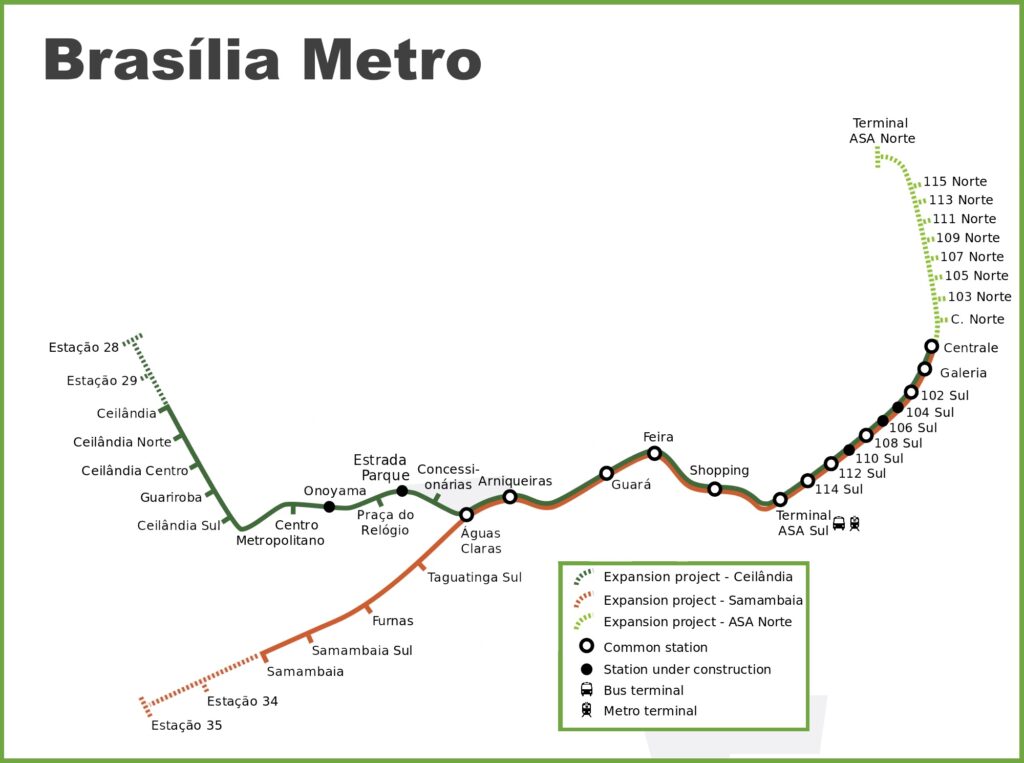
For those interested in exploring the city, the Map of Brasilia Metro 2023 is an excellent free tool. With each station and its links to other lines shown in detail, the map provides a comprehensive overview of the complete metro system. It also offers details on the many ticket options, their prices, and any discounts that could be available. The city map is a great option for people looking for a quick and simple way to move around the city because it is also readily available in PDF format. It couldn’t be any easier to navigate Brasilia using this map.
Public transport tickets in Brasília – Best types for travelers & actual prices
Brasilia, Brazil’s capital, has an efficient public transportation system that is used by both locals and tourists. The city offers a variety of public transport tickets, each with different prices and features. To make sure you get the most out of your experience in the city, read on for an informative overview of the types of transport tickets available and the prices associated with them.
The most commonly used ticket type in Brasília is the Bilhete Único (Single Ticket). This ticket costs R$2.50 and can be used for a single journey on any public transport in the city, such as buses and metro trains. This ticket is valid for up to 90 minutes from the time of purchase, allowing you to take multiple trips at that time.
Another popular ticket type is the Bilhete Fácil (Easy Ticket). This ticket costs R$7.50 and can be used for unlimited travel on any public transport in the city for a period of 24 hours. This ticket is especially useful if you intend to make multiple trips in a single day.
If you plan to stay in Brasília for a longer period, you can purchase the Bilhete Mensal (Monthly Ticket). This ticket costs R$90, and it is valid for unlimited trips on any public transport in the city for 30 days. This ticket is especially economical if you plan to make a lot of trips in the city over the course of a month.
Finally, if you are planning to visit Brasília for a short period of time, you can purchase the Bilhete de Turista (Tourist Ticket). This ticket costs R$20, and it is valid for unlimited trips on any public transport in the city for three days. This ticket is especially useful for tourists who plan to explore the city for a few days.
Overall, Brasília has a variety of public transport tickets available, each with different prices and features. Whether you are planning a short visit or a longer stay, there is sure to be a ticket that fits your needs. So the next time you are in the city, make sure to take advantage of the convenient and economical public transport system.
Summary of fares for public transport in Brasília
- Bilhete nico (Single Ticket) costs R$2.50 and is good for one trip on any public transportation in the city.
- Bilhete Fácil (Easy Ticket) costs R$7.50 and is good for unlimited travel on all city buses for 24 hours.
- Bilhete Mensal (Monthly Ticket) costs R$90 and is good for unlimited travel on all city buses for 30 days.
- The Bilhete de Turista (Tourist Ticket), which costs R$20 and is good for three days of unlimited use of the city’s public transportation
Timetables & Schedules of brasília Metro system
The Brasilia Metro system is open from 5:00 a.m. to 11:00 p.m. on Monday through Friday and from 7:00 a.m. to 11:00 p.m. on Saturdays and Sundays. Line 1 (South/North) and Line 2 (West/East) are the two lines that make up the metro; they run at intervals of six minutes during peak hours and ten minutes during off-peak hours. Additionally, the metro provides a unique early-morning service known as “Madrugado,” which runs on Sundays and holidays from 12:00 a.m. to 5:00 a.m. To use the metro system, passengers can purchase single tickets, daily tickets, weekly tickets, and monthly tickets.
What Are Other Options For Public Transportation In Brasília?
The use of public transportation is a must in the Brazilian capital of Brasilia. Despite the fact that the metro is the primary mode of transportation, there are still alternative choices based on the demands of the individual. Here is a list of some of the additional Brasilia public transit alternatives.
The extensive network of buses
In Brasilia, there are many bus routes and a large bus network, with express buses to the airport and other places. Tickets for the air-conditioned, comfortable buses range from R$3.50 to R$4.50.
The most convenient are taxis and Uber
In Brasilia, taxis are a common form of transportation. You can either find them at taxi stands or request a radio cab by phone. Taxis are a practical and quick way to move around, and prices are typically fair. Uber is growing more and more well-liked in Brazil. With prices starting at R$3.50, it is an affordable way to move around.
How to Take Public Transportation From Juscelino Kubitschek International Airport (BSB) to the City Center
Public transportation makes it simple to get from Juscelino Kubitschek International Airport to the heart of Brasilia. You have a variety of options, so you can pick the fastest, cheapest method of getting where you’re going.
Bus rapid transit is the first available alternative. Given that tickets cost only R$3.50, this is a fantastic choice for travellers on a tight budget. Every 30 minutes from 6 am to 11 late, the BRT departs from the airport. You may simply walk or take a taxi to your hotel once you get off the bus at the city center.
You could also choose the Airport Transfer Service if you want to avoid the bustle of public transportation. This door-to-door service is available for reservations and runs around the clock. The size of the vehicle and your destination will determine how much the transfer will cost.
Take a taxi from the airport as a final resort. Given that it only takes 20 minutes to go from the airport to the city centre, this is the easiest and quickest way to get there. A cab ride should cost about R$40.
The traffic in Brasilia may be highly unpredictable, so it’s best to plan your route in advance to guarantee that you arrive on time, regardless of the route you choose.
What kind of sightseeing DO you have to see if you visit the Brasília for THE first time?
Brazil’s capital city, Brasilia, is a dynamic, modern place with lots of interesting things to see. Brasilia offers something for everyone, whether you’re seeking historical landmarks, cultural attractions, or natural wonders. Here are some of this interesting city’s finest sights to see.
The Praça dos Três Poderes, the city’s main square, should be the first stop on any journey to Brasilia. The National Congress, the Supreme Federal Court, and the Presidential Palace are three significant government structures that are located in the square. A sizable open park surrounds the plaza, making it a fantastic place to people-watch.
Another must-visit attraction is the Cathedral of Brasilia. The cathedral is a remarkable example of contemporary architecture, created by renowned architect Oscar Niemeyer. Visitors can be awe at the elaborate geometric designs and the vivid stained glass windows inside.
Visit the JK Memorial for a new kind of cultural encounter. The Juscelino Kubitschek Memorial is an interactive museum and research facility with spectacular architecture that is dedicated to the former president. In addition to touring the structure, guests can participate in workshops and talks that are educational in nature.
Visitors who enjoy the outdoors should visit Parque Nacional da Chapada dos Veadeiros. In the middle of the Brazilian savanna, this breathtaking national park is home to magnificent canyons, waterfalls, and caves. Visitors can go trekking, bird viewing, and exploring the region’s distinctive flora and animals.
Finally, a visit to the Esplanada dos Ministérios is a must-do on any vacation to Brasil. The main government buildings are located in this region, which is also an excellent place to people watch. After a long day of sightseeing, the area is a wonderful spot to unwind because it is surrounded by lovely lights at night.
Brasilia is a thriving, fascinating city with a tonne of fantastic attractions. Everyone can enjoy the historical sites and the natural beauties that are nearby. These are the greatest places to go in Brasilia, whether you’re interested in culture or simply want to take it all in.
Summary of our tour guide for Brasília
Brazil’s capital, Brasilia, was established as a contemporary planned community in the late 1950s. It is a significant urban hub renowned for its distinctive urban design and architecture. Travelers in Brasilia have access to a wide range of options for effective and dependable public transportation. It is simple to move around the city because it offers rail and bus transportation options, as well as a metro system. Taxis and ride-sharing services are also well-liked by both residents and visitors.
Top 5 FAQs and answers about Brasília public transport?
- What is the most used transport in Brazil?
- Buses. Buses are by far the most common and flexible form of public transport in Brazil. All major cities have a public bus system, as well as a bus station that provides options for traveling to other cities.
- Does Brazil have good public transportation?
- Local travel in Brazil is always easy. Public transport outside of the Amazon is generally by bus or plane, though there are a few passenger trains, too. However you travel, services will be crowded, plentiful, and, apart from planes, fairly cheap.
- What type of transportation does Brazil have?
- As of March 2020, buses were the leading mean of transportation in Brazil, being most frequently used by more than four out of ten respondents in a survey. The bicycle was the second most popular, chosen by 19 percent of respondents. Meanwhile, cars only ranked third, mentioned by less than 15 percent of respondents.
- What kind of transportation is used in Rio de Janeiro?
- Taxis/Ubers. Private cars. MetroRio, Rio’s metro system. City buses.
- How does Brazil transport goods?
- Road transport is the most widely used method of transport in Brazil, particularly for goods traded with South American countries.
Useful links

